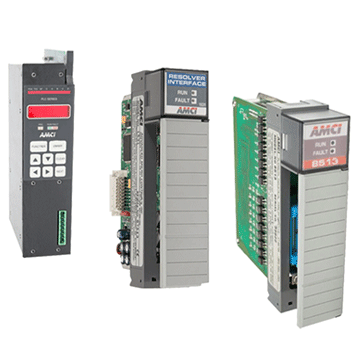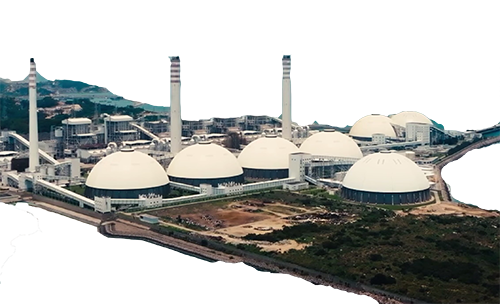Historical Origins and Technical Evolution
Distributed Control Systems (DCS) evolved from traditional instrument panel control architectures, inheriting inherent strengths in process control applications. This developmental pathway enables DCS to demonstrate exceptional capabilities in managing parameters like temperature, pressure, and flow, with advanced systems imposing no practical limits on PID loop quantities. Conversely, Programmable Logic Controllers (PLC) originated from relay-based control circuits, initially designed primarily for discrete manufacturing logic control. Early PLC models could only process digital signals, with analog handling capabilities developing later, establishing their fundamental advantage in complex logical operations.
System Architecture and Expansion Capabilities
Modern DCS employs layered distributed architecture while maintaining manufacturer-specific characteristics, yet universally adopts standard industrial Ethernet protocols at the operational level. This design provides remarkable flexibility for system expansion, allowing users to freely add control nodes within network coverage areas and strategically plan device placement. Furthermore, universal Windows-based operator stations facilitate data exchange and resource sharing between different systems through standardized interface protocols like OPC and DDE. In contrast, PLC systems traditionally focused on specific equipment control requirements, presenting relatively limited expansion capabilities. Conventional PLC systems predominantly utilize proprietary network protocols, often encountering technical barriers and cost pressures when adding operator stations or achieving cross-system data interoperability. However, technological advancements are progressively enhancing network compatibility in newer PLC generations.
Data Management and Information Integration
Regarding data management, DCS delivers unified database platforms across entire systems. From configuration programming to real-time monitoring, from trend analysis to report generation, all functional modules operate based on consistent data sources, ensuring information integrity and coherence. This architecture significantly streamlines project development and maintenance. Taking Siemens S7-400 series as an example, only when configurations reach 414 or above with PCS7 systems can similar DCS-style unified data management be achieved. Conventional PLC systems typically employ distributed database designs, where functional modules like configuration software, monitoring systems, and data archiving maintain separate databases, creating additional data interface challenges during system integration.
Technology Convergence and Development Trends
Current automation sector trends indicate increasingly blurred technical boundaries between DCS and PLC systems. Modern DCS products continuously enhance their logical control capabilities, while high-end PLC systems steadily strengthen process control functionalities. This technological convergence gradually narrows performance gaps between both systems, emphasizing the importance of focusing on actual process requirements during system selection. Notably, automation solution choices should not blindly pursue technological advancement but rather comprehensively consider control requirements, system scalability, maintenance costs, and other factors to identify the most suitable technical pathway through thorough evaluation.
Critical Considerations for System Selection
When selecting control systems, enterprises need profound analysis of their unique requirement characteristics. For production facilities primarily involving process control, such as chemical and power industries, DCS demonstrates clear advantages in complex loop control, system expandability, and information integration. For discrete manufacturing sectors dominated by sequential control, including automotive assembly and packaging production lines, PLC systems show greater competitiveness in logical processing speed, equipment-level control precision, and cost-effectiveness. As Industry 4.0 advances, both systems are evolving toward openness, networking, and intelligence, inevitably leading to more integrated solutions combining strengths from both approaches in the future.
Related models:
|
EPRO
|
PR6423/105-141 CON041
|
ABB
|
PPD104 3BHE017400R0101
|
|
EPRO
|
PR6423/103-141 CON041
|
ABB
|
PP886 3BSE092980R1
|
|
EPRO
|
PR6423/101-101 CON031
|
ABB
|
PP865A 3BSE042236R2
|
|
EPRO
|
PR6423/100-141 CON041
|
ABB
|
PP845A 3BSE042235R2
|
|
EPRO
|
PR6423/03R-000
|
ABB
|
PP836A 3BSE042237R2
|
|
EPRO
|
PR6423/01R-040 CON021
|
ABB
|
PP836 3BSE042237R1
|
|
EPRO
|
PR6423/018-010 CON021
|
ABB
|
PP835A 3BSE042234R2
|
|
EPRO
|
PR6423/014-040 CON021
|
ABB
|
PP235 3BSC690102R2
|
|
EPRO
|
PR6423/014-010 CON021
|
ABB
|
PP235 3BSC690102R2
|
|
EPRO
|
PR6423/013-130 CON021
|
ABB
|
PMSK106A 3BSE005676R1
|
|
EPRO
|
PR6423/012-010 CON021
|
ABB
|
PMSI121 3BSE005669R1
|
|
EPRO
|
PR6423/011-131 CON031
|
ABB
|
PM902F 3BDH001000R0005
|
|
EPRO
|
PR6423/011-130 CON021
|
ABB
|
PM876 3BDH000607R1
|
|
EPRO
|
PR6423/011-010 CON021
|
ABB
|
PM860K01 3BSE018100R1
|
|
EPRO
|
PR6423/011-000
|
ABB
|
PM860K01 3BSE018100R1
|
|
EPRO
|
PR6423/010-140 CON021
|
ABB
|
PM860 3BSE018110R1
|
|
EPRO
|
PR6423/010-130 CON021
|
ABB
|
PM856K01 3BSE018104R1
|
|
EPRO
|
PR6423/010-100-CN CON021
|
ABB
|
PM803F 3BDH000530R1
|
|
EPRO
|
PR6423/010-040 CON021
|
ABB
|
PM802F 3BDH000002R1
|
|
EPRO
|
PR6423/010-020-CN CON021
|
ABB
|
PM645C 3BSE010537R1
|















